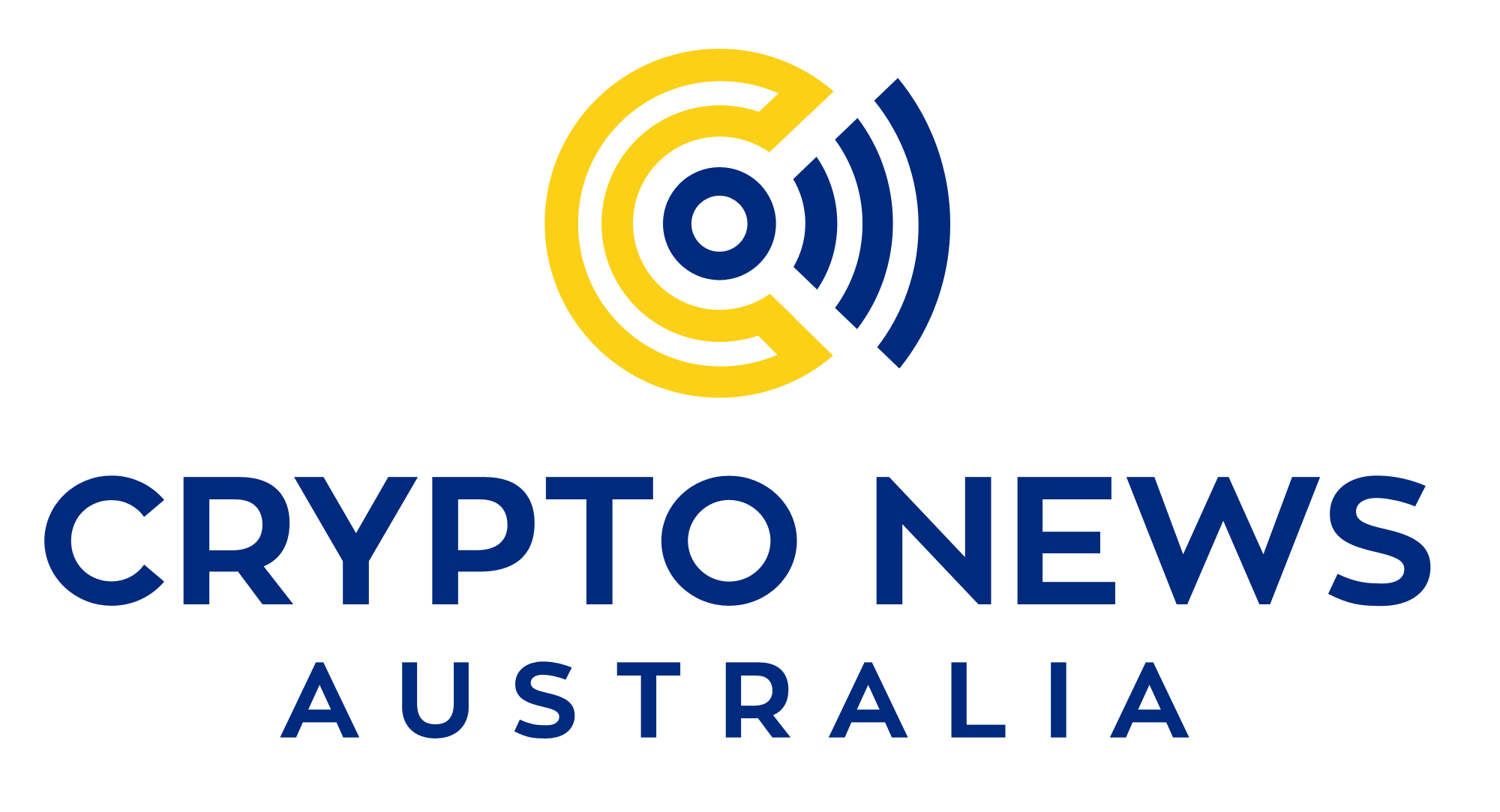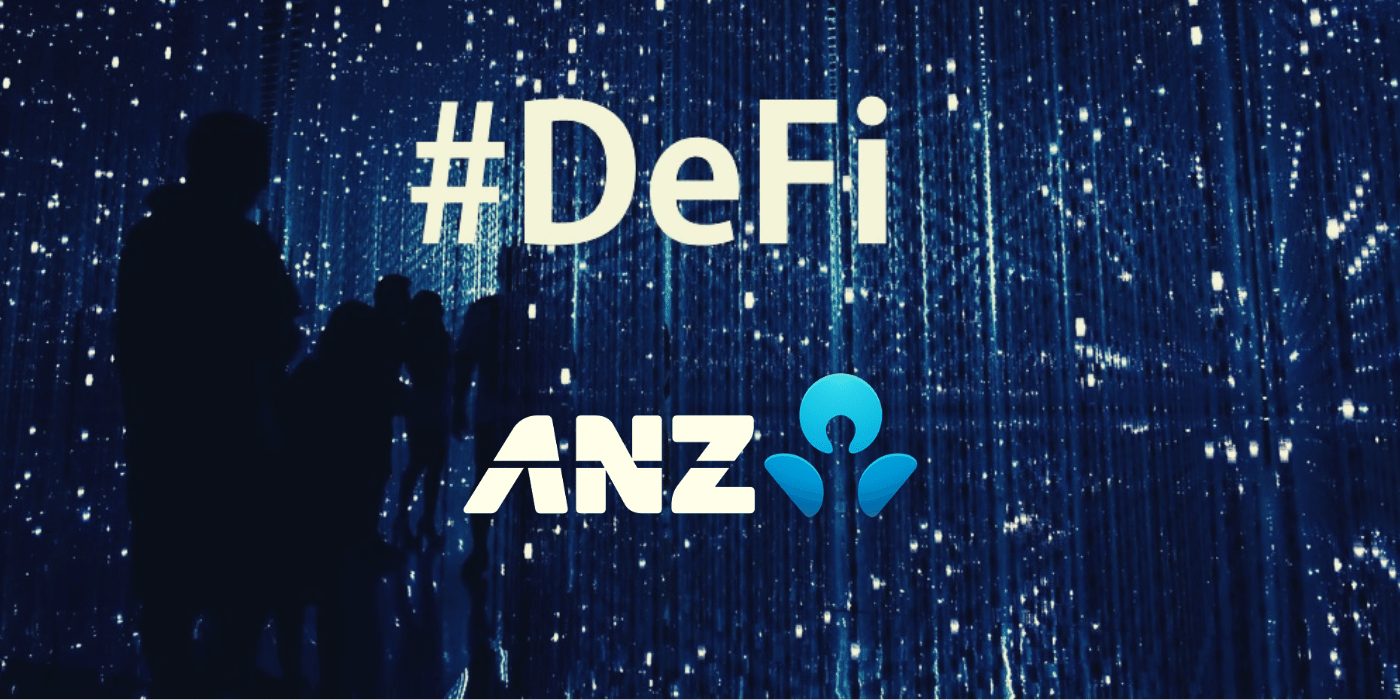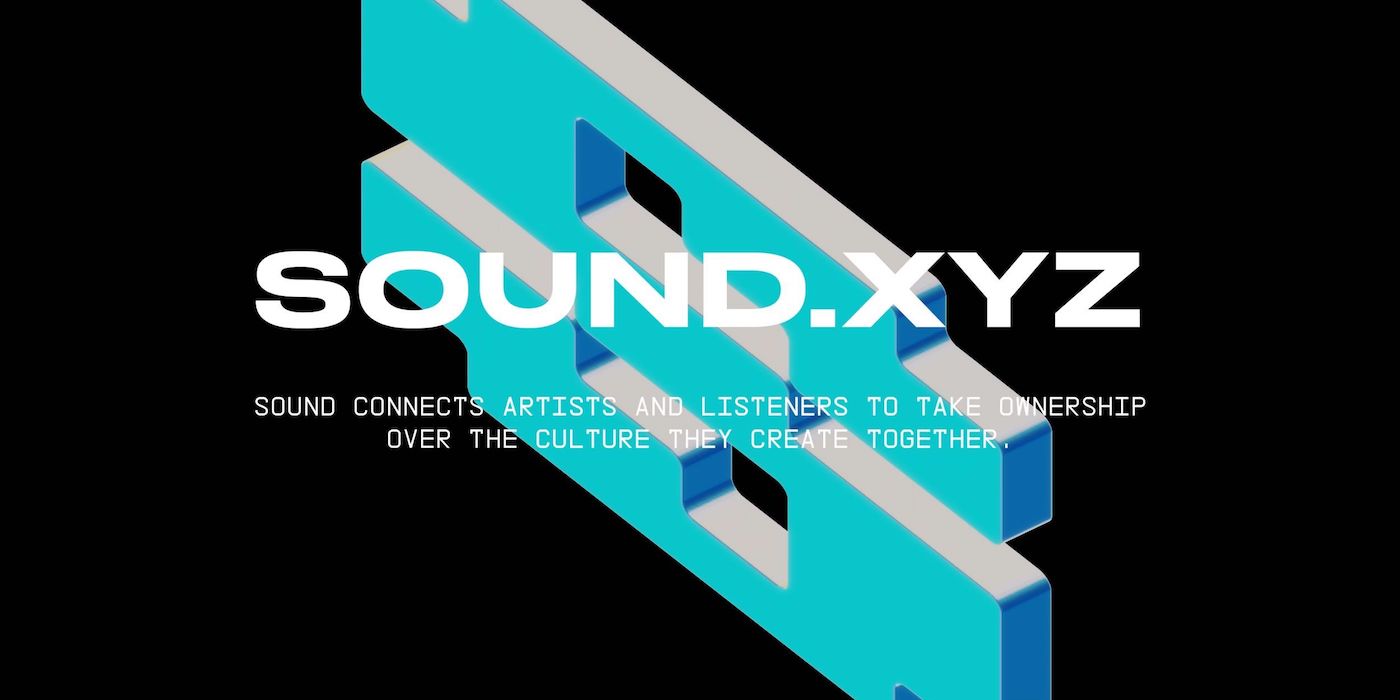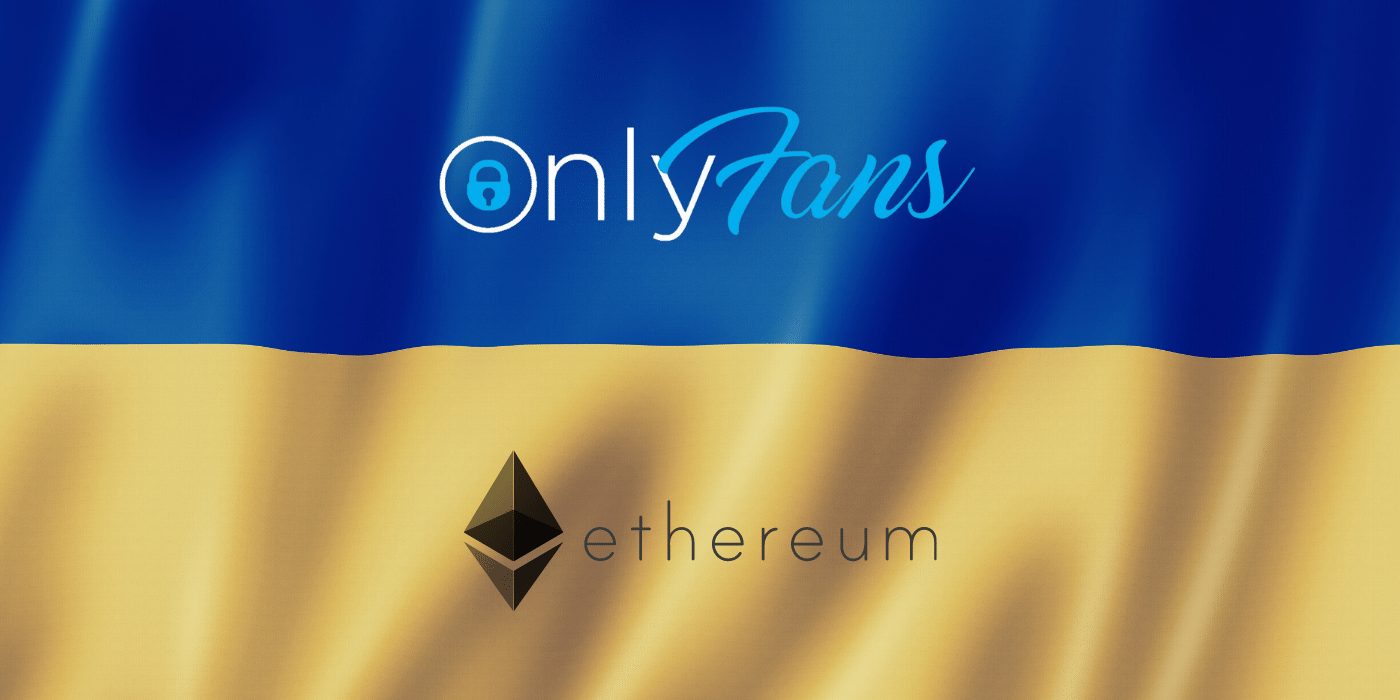Following the lead of Manchester City, Barcelona and Paris Saint Germain, Liverpool is the latest major football club to launch its own collection of non-fungible tokens (NFTs).
The LFC Heroes Club – launched in partnership with Sotheby’s Metaverse – features generative imagery of each of its 24 players in what the club says is an “innovative way to celebrate being an LFC fan from anywhere in the world”.

‘Lower’ Price Points From $75 Per NFT
The collection will also feature 24 “Legendary” one-of-one editions, one for each player, to be auctioned off individually on March 30. The remaining NFTs will be sold at lower price points (from US$75) in a move the club hopes will make them accessible to its broader fan base.
The LFC collectibles will be available to purchase across a three-day sale window from Wednesday, March 30 to Friday, April 1. Half of the proceeds will go to the LFC Foundation, in addition to 10 percent from the ‘Heroes’ sale and all future resale royalties.
Backlash Begins Within Minutes
Within minutes of the NFT news breaking, however, disgruntled Liverpool supporters took to Twitter to air their misgivings:
Backroom Sports Deals Linking NFTs and Fan Tokens
When FC Barcelona announced its NFT auction in November last year, some claimed it was a desperate measure to offset the club’s US$1.56 billion debt crisis. The move was seen as part of a fire sale that resulted in star player Lionel Messi leaving the club to join Paris Saint Germain, which in itself saw PSG’s token price surge 50 percent. Messi was reportedly paid US$35 million in $PSG fan tokens as part of the transfer deal, and went on to launch his own NFT collection.















